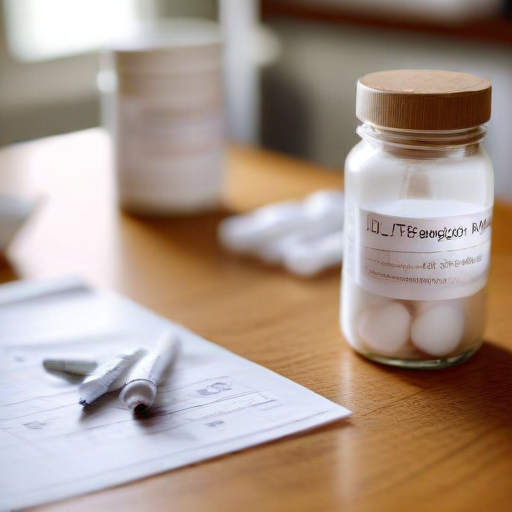A recent study published in the Annals of Internal Medicine reveals a significant shift in the prescription trends of GLP-1 drugs, which are primarily used for managing type 2 diabetes. The study indicates that the percentage of patients prescribed GLP-1 medications without diabetes is increasing, while those receiving prescriptions with a diabetes diagnosis is decreasing.
GLP-1 drugs function by mimicking hormones that help regulate blood sugar levels and suppress appetite. Initially approved for type 2 diabetes treatment, these medications gained additional recognition in 2021 when the FDA approved Wegovy for weight loss, which sparked a wider interest among healthcare providers.
The research team, including individuals from Cedars-Sinai Medical Center, analyzed medical records from 45 million Americans, concluding that the share of new GLP-1 users with type 2 diabetes dropped from nearly 90% in 2019 to above 70% by 2023. Conversely, the proportion of new users without diabetes climbed from 10% to 25%. This shift indicates that healthcare providers are increasingly acknowledging the benefits of GLP-1 drugs for treating obesity, presenting a notable change in public health perspectives.
However, this rise in prescriptions for non-diabetic patients raises concerns about potential shortages of these medications for diabetes patients who rely on them. Healthcare experts emphasize the importance of ensuring continued access for individuals with diabetes amidst the increasing demand.
The study does indicate that GLP-1 medications, which include Zepbound, Mounjaro, Wegovy, and Ozempic, have gained popularity due to their efficacy in facilitating weight loss, with users reportedly losing up to 26% of their body weight. Despite the challenges of meeting the heightened demand, pharmaceutical companies like Eli Lilly and Novo Nordisk are investing heavily in production expansion, as Morgan Stanley analysts project the global market for these drugs could surge to $105 billion by 2030.
In summary, while the growing prescription of GLP-1 drugs to non-diabetic patients reflects a positive movement towards addressing obesity as a health issue, it is essential to balance this trend with the needs of diabetic patients to prevent medication shortages.
This evolving landscape presents both challenges and opportunities in the healthcare sector, as it highlights the importance of innovation in treatments for weight management while emphasizing the necessity for equitable access to essential medications for chronic health conditions.
